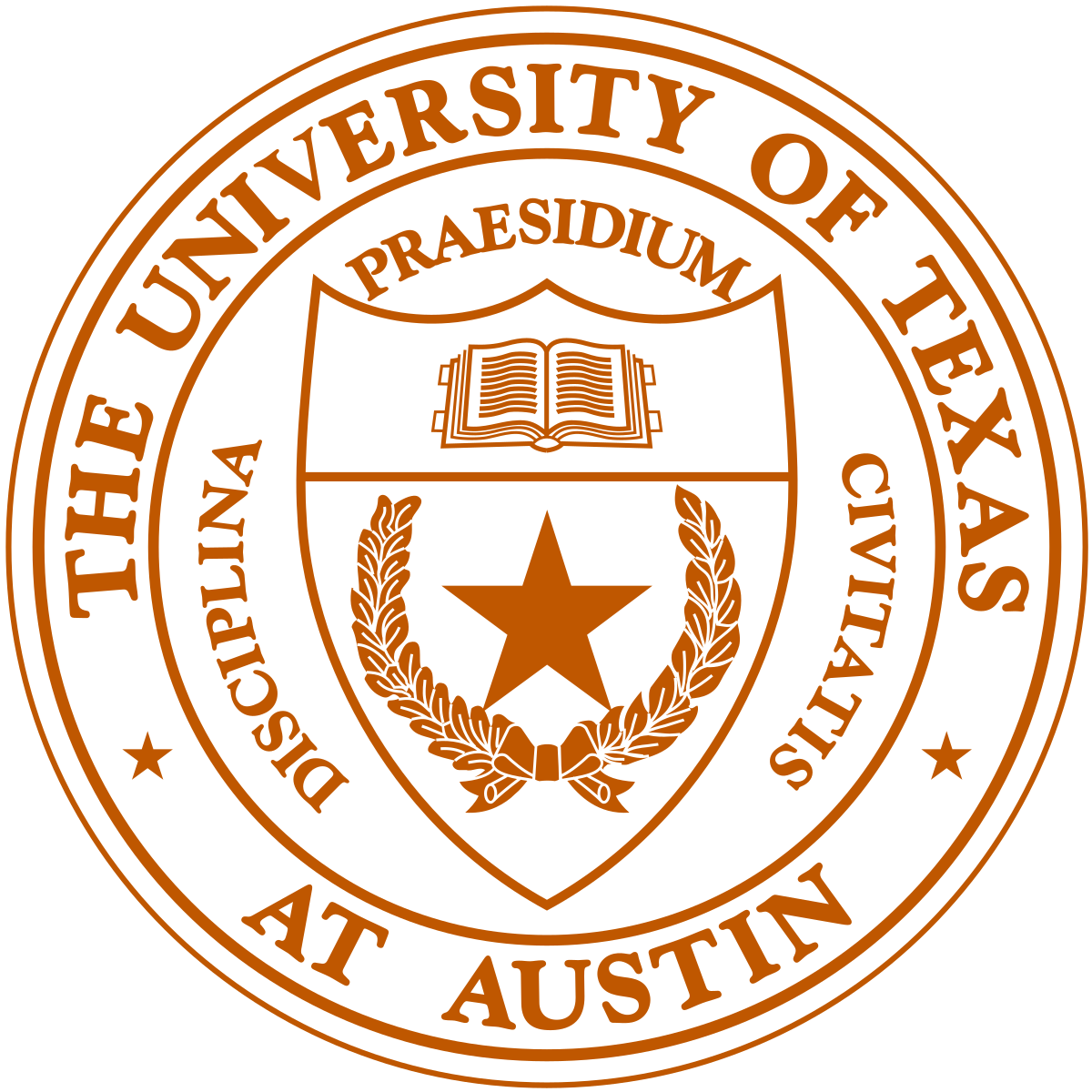Imams, Islamic Preachers and Public Space in Ouagadougou (Burkina Faso) since the 1990s: Toward New Intergenerational Relationships and a Muslim Public Sphere

Abstract
Since the early 1990s, Islam has increased its visibility in Burkina Faso's public space with the proliferation of mosques, madâris, Islamic associations and private medias in attempt to respond to the fierce competition with Evangelists and other Christian movements. This vitality was due to a political liberalization who resulted in a regular and prominent broadcast of religious shows on public and private radio and television, as well as the broad distribution of sermons on audio and even video-recordings on cassettes, CD, DVD and Internet. This allows the emergence of a new generation of charismatic imams and preachers with good knowledge and oratory skills and some of them who are young. This paper will examine the changing intergenerational relationships between elders and youth and will explore how the adoption of new media technologies affects the discourses of Ouagadougou's imams and preachers. The gerontocratic power characterizing Islam before was renegotiated and remodeled in the mosques by elders and youth. The latter, known for their knowledge of the Koran, were called on more frequently by their elders to recite the Friday sermon. Moreover, the higher mediatization of imams and preachers didn't result in discourses more politically oriented but rather characterized by a standardization of its contents. Indeed, there is an increasingly central place given to individual and collective Islamic practice. Through the figure of the 'good Muslim' in their sermons, these imams and preachers advocate for the moralization of public space and thereby, they participate to the formation of a Muslim public sphere.
Event: 2013 Africa Conference
Panel: Uses of Media in African Social Movements
Location: University of Texas at Austin
Country: United States
Language: English
Year: 2013